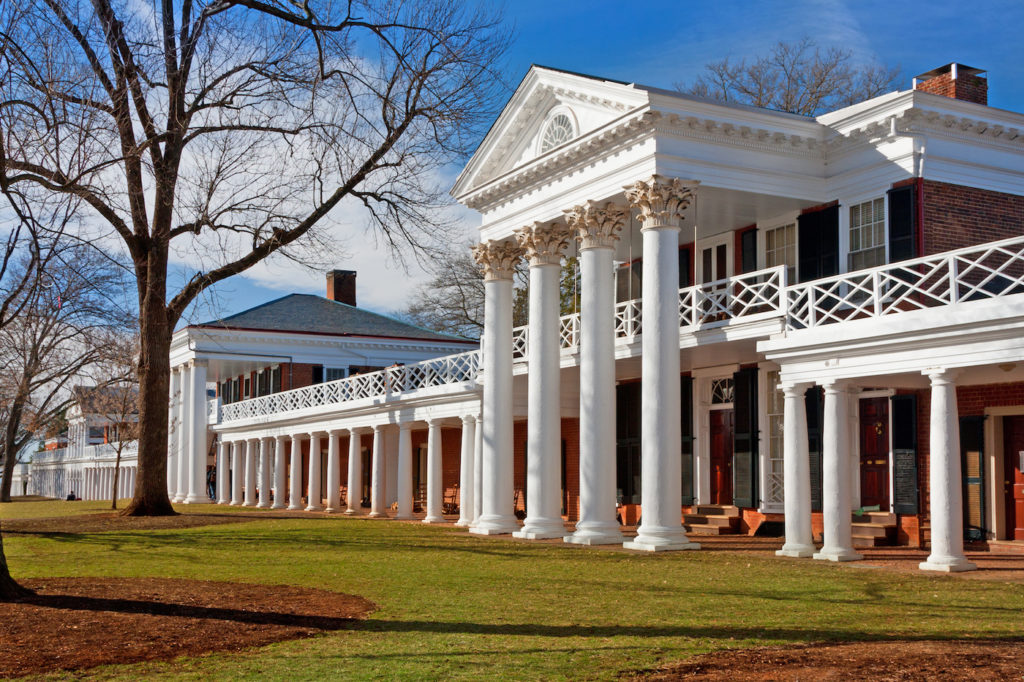Heather Mac Donald’s The Diversity Delusion: How Race and Gender Pandering Corrupt the University and Undermine Our Culture tackles our society’s obsession with “diversity,” which is led by the university and has resulted in an extreme case of delusion for all. Mac Donald is clear-eyed, thorough, and relentless, using logic and common sense to dismantle the deception that reigns in the university and the culture. She argues deftly, and her book is replete with studies, data, and arresting correspondence with interview subjects.
Mac Donald’s book is right on point, but it is also biting in tone, brimming with exasperation and anger. Of course, the topic is a frustrating one, and Mac Donald has good reason to be angry after having been a target of campus hysteria—twice. But her tone may define and confine her audience. Those who are already inclined to pick up her book will be enriched in knowledge and fortified in conviction, but those not so inclined may only double down.
Mac Donald is at her finest when she offers an ode to the humanities, reminding the reader of the wonder and sublimity in Shakespeare and Bach, the truth and timelessness in Homer and Plato. In so doing, she sounds a clarion call for the university to disabuse itself and all of us of delusion and return to “the search for objective knowledge that takes the learner into a grander universe of thought and achievement.”
Race
Start your day with Public Discourse
Sign up and get our daily essays sent straight to your inbox.The first half of the book takes up diversity based on race and gender, or, as Mac Donald memorably phrases it, diversity “defined reductively according to gonads and melanin.”
Starting with race, Mac Donald lays out the sorry state of our campuses and culture, reflected in the practice of affirmative action, the condemnation of “microaggressions,” and “snowflake” mentality among students. The key to justifying all these is tinkering with the definition of racism, or “unconscious bias,” with the help of a psychological instrument called the Implicit Association Test. The test purports to show unconscious prejudice and to predict discriminatory behavior that would disadvantage African-Americans. Mac Donald does a fine job investigating and uncovering its deception, and a fine job critiquing the policies and practices that it produces in academia and beyond.
She also points out that, while we need to be ever watchful for racism given our nation’s horrific and wicked history, precisely because of that history universities and companies today work very hard to display diversity in race. So if a minority candidate is qualified, universities and companies are all too happy to snap up the candidate, competing against each other to do so.
One sees an interesting twist on the question of implicit bias—and of who its victims may be—in the case of a group of students currently suing Harvard University. The lawsuit alleges that there is unlawful bias in Harvard’s admissions policy against Asian-American students. If Harvard were to admit students based on academic merit, there would be too many Asian Americans admitted for the good of diversity. Thus, the college has allegedly been employing a racial quota disallowed by Supreme Court precedent. The plaintiff argues that Harvard discriminates against Asian Americans by lowering their scores for criteria such as “likeability,” “positive personality,” “helpfulness,” “courage,” and “kindness.”
No stranger to controversy, Mac Donald asserts that lower academic and economic performance between races is not due to implicit bias but to gaps in academic and cognitive skills and differences in culture and behavior. Mac Donald inspects lower standardized test scores and GPAs among the groups favored by affirmative-action policies, and skewers the poor study habits in these groups. If Mac Donald is right, the university and our culture are doing affirmative action students no favor by admitting them to schools for which they are academically unprepared and in which they go on to struggle.
Gender
With regard to gender, Mac Donald focuses on the #MeToo movement in the university and in our culture at large. She exposes a sleight of hand: academia’s changing definition of rape. Mac Donald explains how the famous figure of 20 to 25 percent rape or attempted rape on campus was reached by dubious methodological means, and cites a recent example of a university Title IX officer presenting an “emerging consensus that ‘regret equals rape.’” Mac Donald lays out the problem with the ever-changing definition of what constitutes sexual assault. It is difficult to define the term in a culture in which “yes” to sex has become normative, and differences in men and women’s fundamental make-up and approaches to sex and romance are denied and flattened. Mac Donald explains how this strange milieu is connected to campus feminism’s incoherent position that women are both completely in charge and helpless victims incapable of asserting their own will in sexual encounters. Well, she asks, which is it?
Mac Donald even dares to suggest that college girls shouldn’t drink themselves silly and (in order to?) hook up. Some students even commit to—gasp!—waiting until marriage, Mac Donald reports, citing organizations like The Love & Fidelity Network that help such college students encourage each other.
In truth, rape on university campuses has become rare. This is surprising, given the loud bullhorn of campus sexual assault. Yet in another way it is unsurprising, because university administrators have so accepted and acted on these claims about rape that the campus is actually very safe. “It’s a lonely job,” Mac Donald writes, “working the phones at a college rape crisis center. Day after day, you wait for the casualties to show up from the campus rape epidemic—but few victims call.” Mac Donald persuasively contrasts universities’ responses with those of local police to credible rape cases. Police react with true urgency and alarm, while universities only create more university bureaucracy and nonsense.
Mac Donald points out that, if feminists are sincere in their concern about gender bias, they should be just as outraged over the underrepresentation of women in blue-collar or high-fatality jobs as they are over underrepresentation in other occupations. The sound and the fury over underrepresentation only in more selective professions suggests that their agenda is “ideological, not empirical.” Those who most advocate a narrow definition of “diversity” regarding race and gender speak little about viewpoint diversity.
Town and Gown
The university may lead the diversity delusion, but what happens in the university doesn’t stay in the university, as Mac Donald demonstrates in the second half of her book. The academy molds minds and hearts (or, these days, feelings). When students of “the academic victimology complex” graduate, they move on to “remak[e] the world in their image.” The firing of Google engineer James Damore, who dared question the diversity orthodoxy at Google, is a case in point.
Is there hope for a cure to this delusion? In a word: yes. It is the study of the great high points of Western civilization—the literature, the music, the arts. Mac Donald adds her voice to a worthy chorus of thinkers and scholars who have called for a renewal of such study. Rather than dedicating itself to the diversity gods, the university should carry out its mission. And the “primary mission of the universities,” Mac Donald writes, is “to transmit knowledge of the past, as well as—eventually—to serve as seedbeds for new knowledge.” It was the “constant, sophisticated dialogue between past and present” over millennia that produced such worthy creations as the American constitutional government or the great tradition of western art.
In the beginning of Heretics, G. K. Chesterton presents an allegory to show the risk we run by discarding this tradition. He describes how, after the melee of a crowd pulling down a lamp-post for sundry and confused reasons, the people in that crowd eventually realize that they need to figure out what light is—precisely as a medieval monk had suggested before the crowd knocked down the lamp-post (along with the monk himself) headlong. What now? Well, Chesterton says, “what we might have discussed under the gas-lamp, we now must discuss in the dark.”
The university’s abandonment of the study of the true, good, and beautiful in the Western patrimony has resulted in all of us standing in the dark—confused, impoverished, and foolish. Mac Donald argues that people are hungry for this kind of pursuit, as the phenomenal success of the Great Courses lectures demonstrates. It is a shame on the university and a great loss to us all that the university has traded its great heritage and calling for a pot of (diversity) message.
Mac Donald is right in sounding the alarm against the diversity delusion—and in calling for the university to return to its mission. One hopes the alarm is not too late and the call is heeded.













